Learning Piano
Embarking on the Piano Journey
Embarking on the Piano Journey
Learning to play the piano is a journey that can span years for even the most gifted musicians, yet grasping the basic concepts and techniques can be achieved in a much shorter time frame. With dedication to practicing these fundamentals, they’ll soon become ingrained, paving the way for you to master proper posture, finger positioning, and music reading effortlessly.
Keyboard and Finger Placement Fundamentals 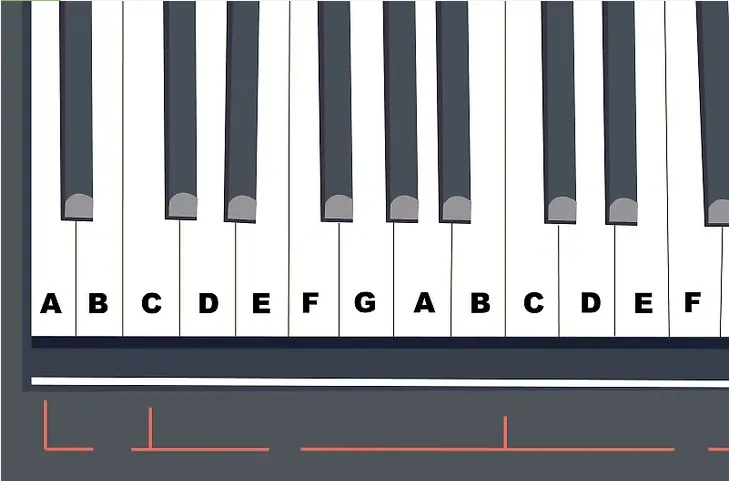
- Understanding the Keyboard Layout: Familiarize yourself with the 52 white keys on the piano, named after the musical notes they represent, which ascend from A to G to the right and descend to the left. Note that the sequence of notes repeats along the keyboard. The 36 black keys offer half-step tonal variations, known as sharps (♯) and flats (♭), making each black key dual-named depending on its contextual note change.
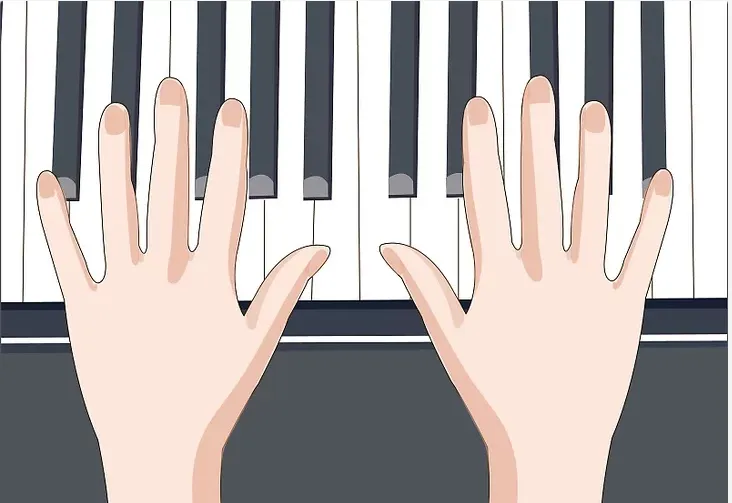
- Deciphering Finger Numbers: Notice small numbers above or below sheet music notes? They suggest which finger to use for that note, enhancing your play. Starting from your thumb (1) to your pinky (5), each finger has a designated number to guide your play.
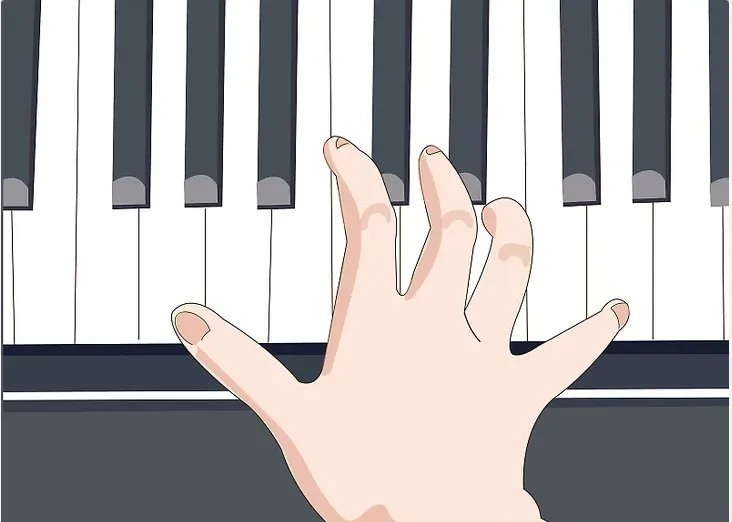
- Mastering Finger Placement: Initially, matching fingers to their numbered notation might feel challenging, but with practice, it becomes second nature. Scale drills are highly effective in cementing proper finger placement.
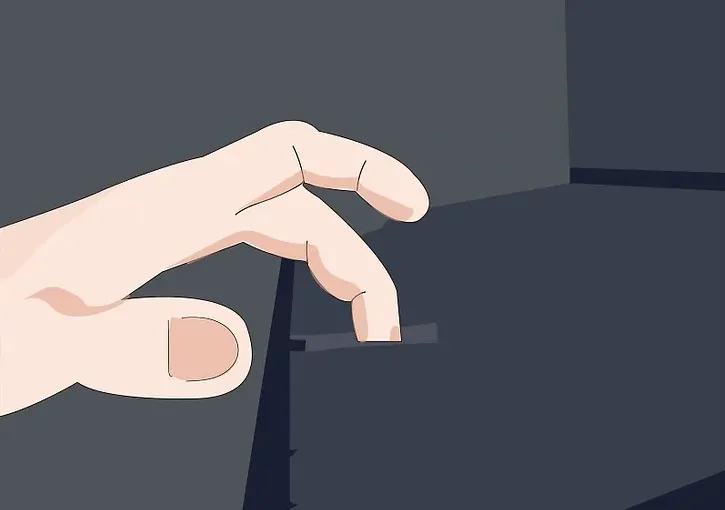
- Adopting Correct Hand Position: Ensure your fingers are slightly curved and firm to prevent backward bending upon key presses. It’s crucial to maintain relaxed arms and shoulders, allowing your whole body to contribute to the playing process for a fuller sound.
Diving into Music Reading 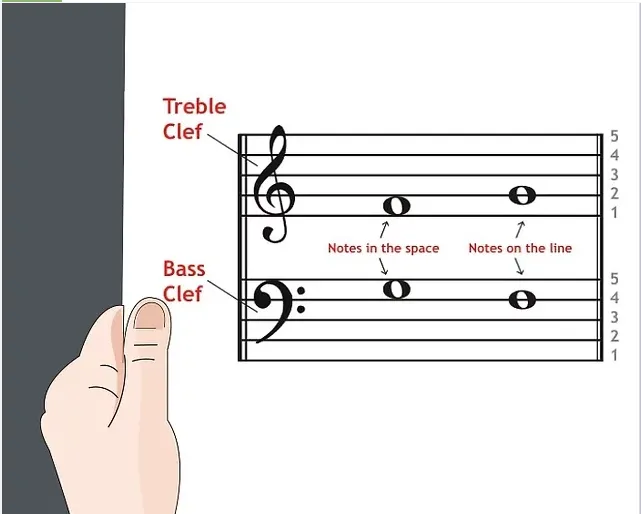
- Navigating the Musical Staff: Learn to identify the staff, treble clef, and bass clef. The staff is a set of five horizontal lines where music notes are placed. The treble clef, resembling an “&” symbol, indicates higher notes played with the right hand, while the bass clef, looking like a reversed “C” with a colon, denotes lower notes for the left hand.
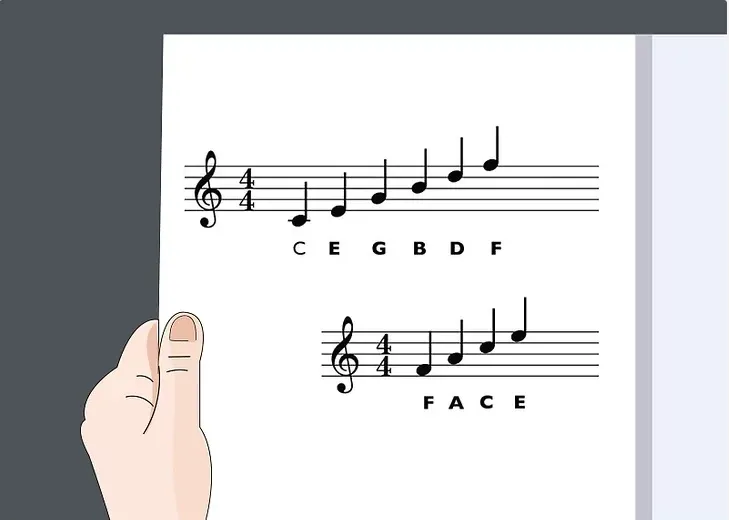
- Reading Music Notes: Each line and space on the staff correlates to a specific piano key. Familiarize yourself with the mnemonic devices for both clefs to quickly identify notes.
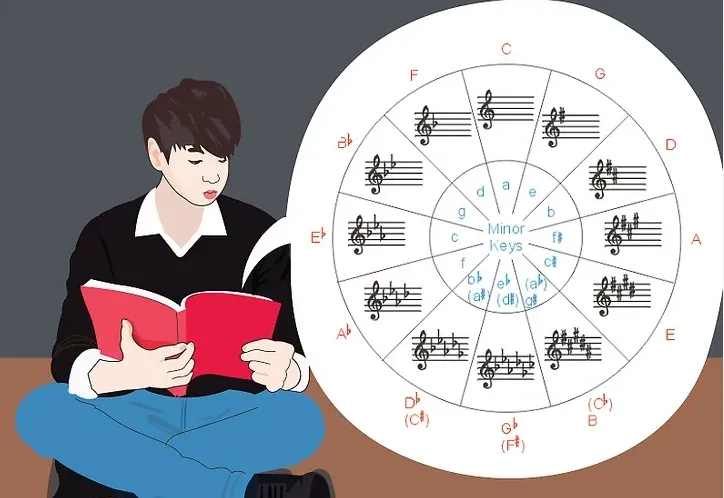
- Understanding Key Signatures: Music is composed in various major and minor keys, indicated by sharps (♯) or flats (♭) at the beginning of each staff line. These symbols guide you on which notes are to be played as sharps or flats throughout a piece.
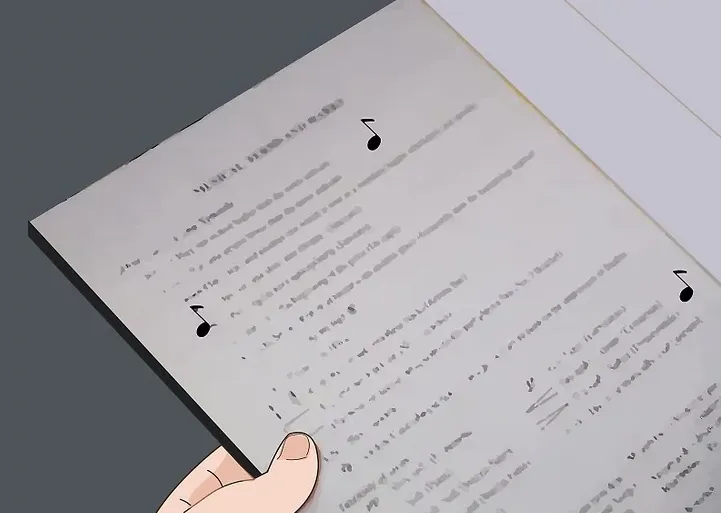
- Grasping Rhythm Basics: Note shapes indicate the duration a note should be held. Learning to read these rhythms is crucial for maintaining the correct pace in music.
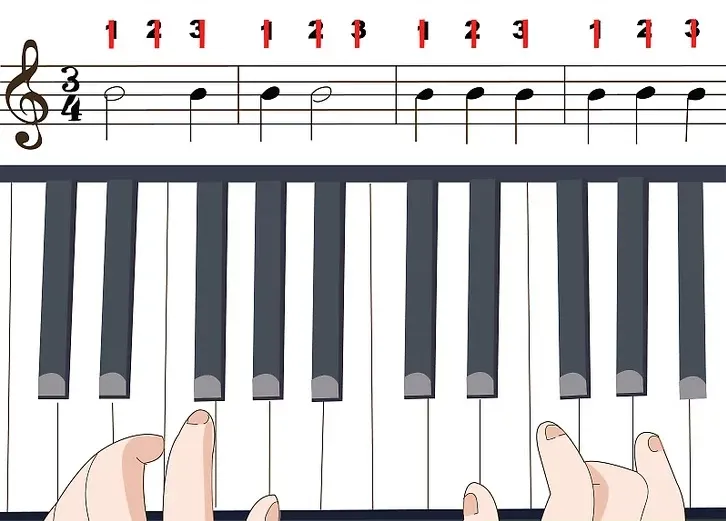
- Synchronizing Rhythms with Time Signatures: Time signatures, found at the start of a staff, dictate the rhythm’s structure, telling you how many beats are in each measure and which note value represents one beat.
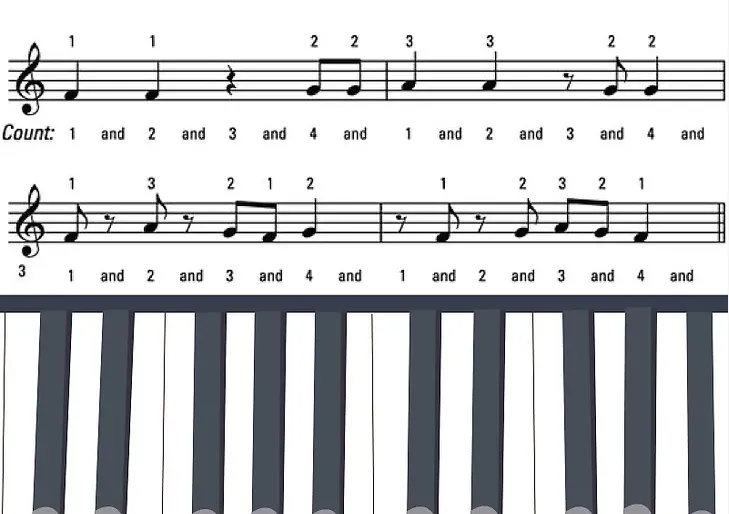
- Interpreting Rests and Accidentals: Rest symbols indicate pauses in music, each with a specific duration. Accidentals (sharps, flats, and naturals) alter the pitch of notes within a measure and are essential for accurate note playing.
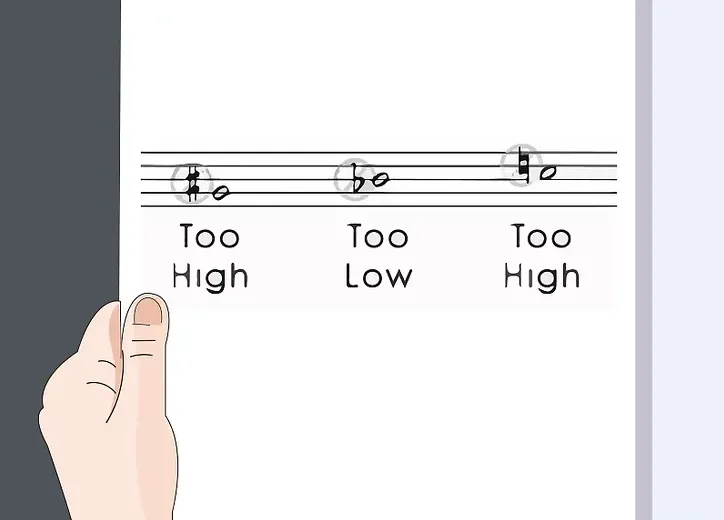
Making Music on the Keyboard 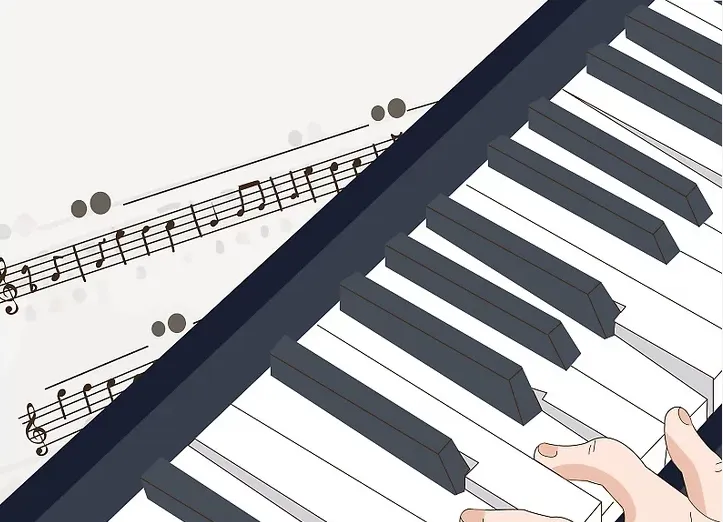
- Selecting Suitable Music: Begin with music that matches your skill level, gradually challenging yourself with more complex pieces as you progress.
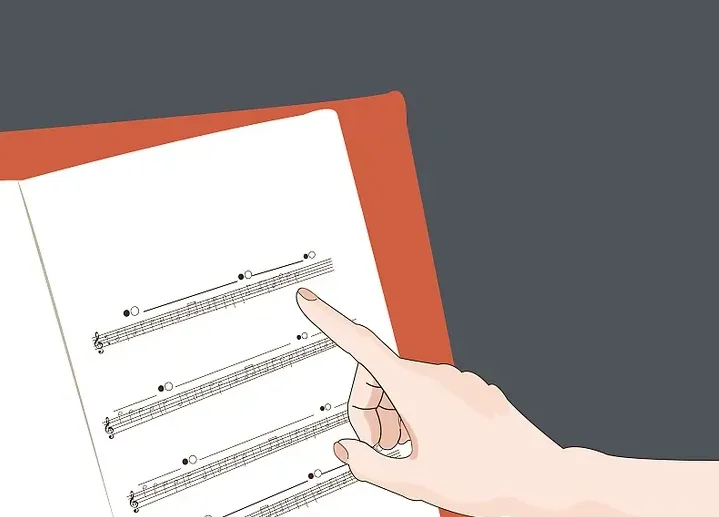
- Analyzing New Music: Highlight key features in new pieces, such as accidentals and difficult fingering, to prepare yourself for smooth playthroughs.
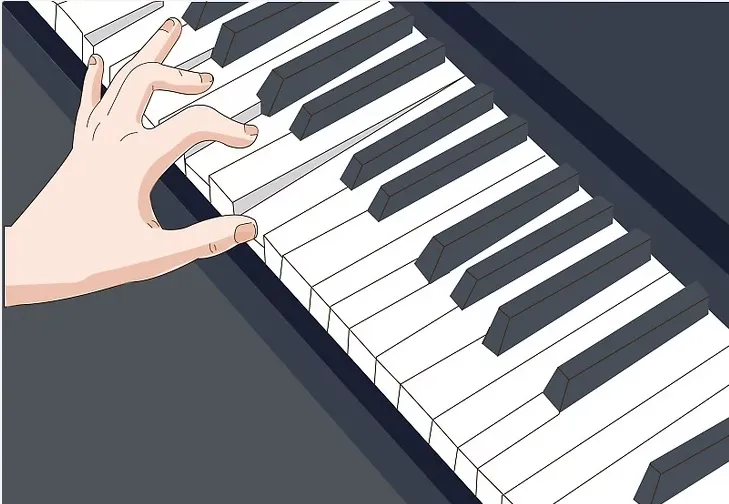
- Practicing with Each Hand Separately: Break down the music into manageable sections, practicing each hand’s part separately before combining them.
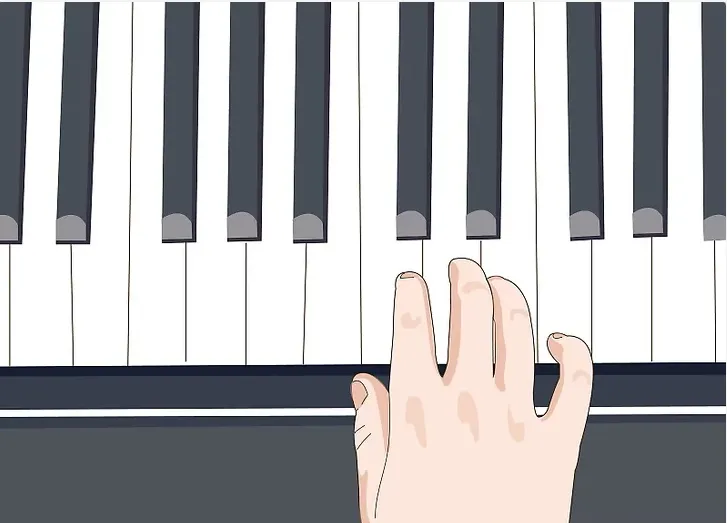
- Overcoming Difficult Sections: Identify and practice challenging parts of the music until they feel natural and effortless.

- Combining Both Hands: Start slowly, focusing on synchronizing both hands, and gradually increase your speed until you can play the piece fluently.
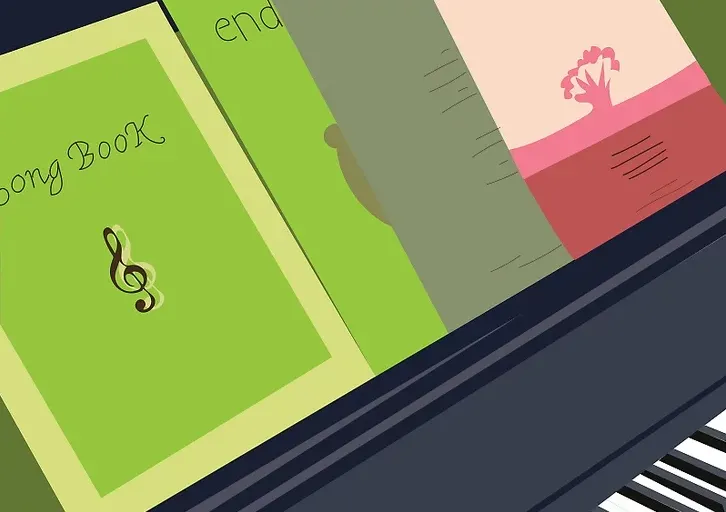
- Regular Practice and Learning New Songs: Expanding your repertoire and consistent practice will improve your sight-reading skills and familiarity with the keyboard.
Maintaining Proper Posture 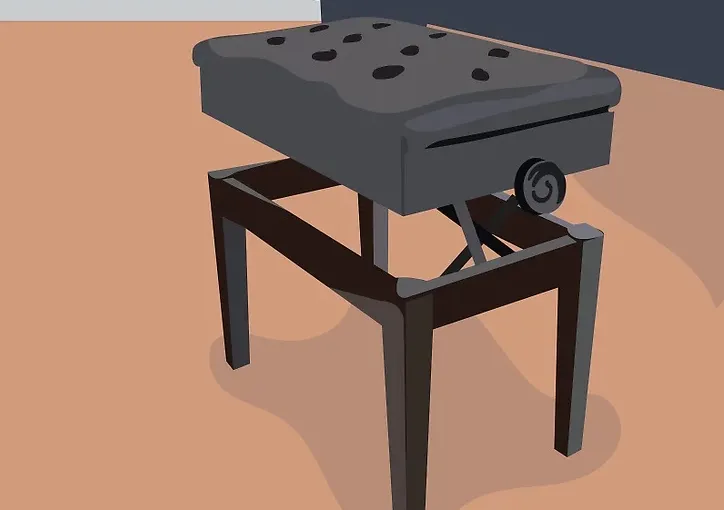
- Adjusting the Piano Bench: Ensure your seating allows for comfortable reach and posture, with your elbows slightly forward and feet flat on the ground.
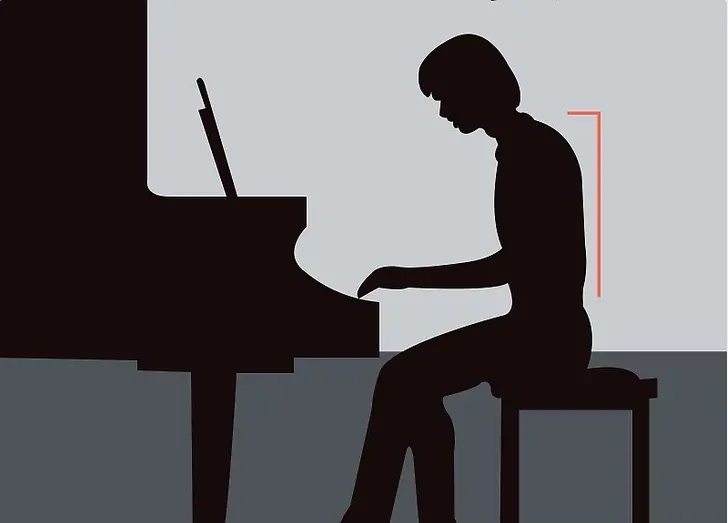
- Practicing Upright Posture: Maintain an upright posture with a slight lean towards the piano for better stability and sound production.
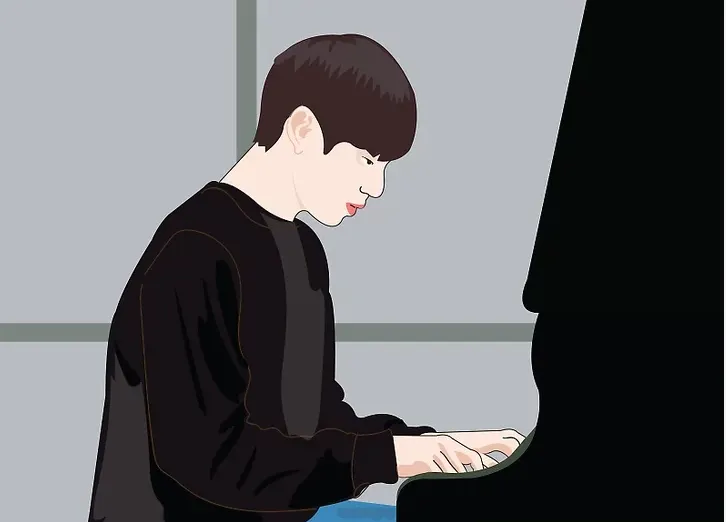
- Monitoring Your Posture: Regularly check your posture, using mirrors or feedback from others, to ensure it’s conducive to effective playing.
By following these guidelines, you’ll find yourself progressing from a novice to a more confident pianist, ready to explore the vast and rewarding world of piano music.
